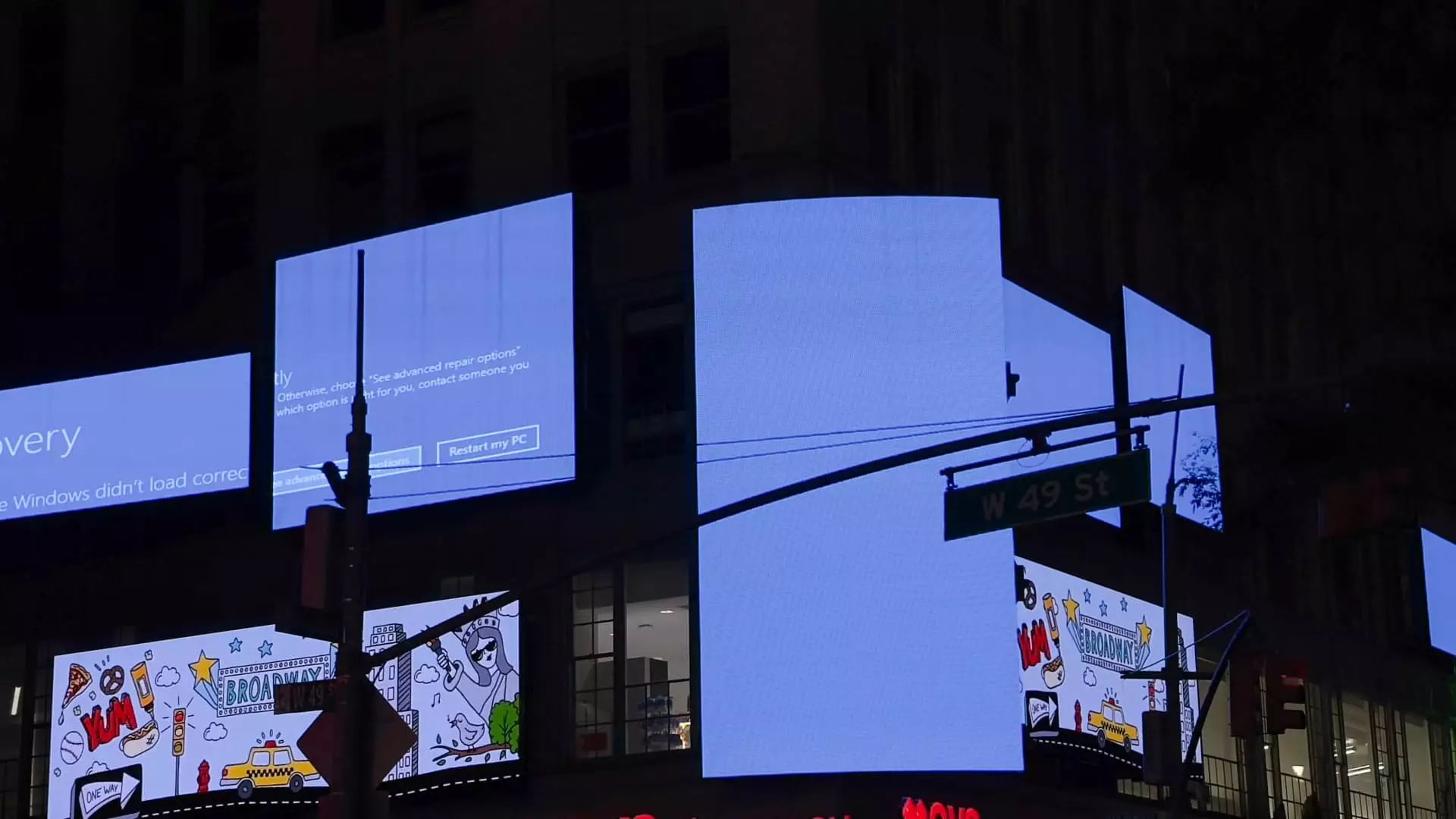In today’s technologically advanced world, the frequency of large-scale attacks on corporate enterprise IT systems is on the rise. While companies invest heavily in cybersecurity defenses to combat malicious hackers, there is another threat that often goes unnoticed – single-point failures. These failures occur when an error in one part of a system leads to widespread technical disasters across industries, functions, and interconnected networks, creating a domino effect of chaos.
An alarming example of a single-point failure occurred recently when a CrowdStrike software bug was uploaded to Microsoft operating systems, leading to the largest IT outage ever recorded. This incident, which was not the result of a malicious attack, highlights the growing risk that single-point failures pose to businesses. Other incidents, such as a nationwide outage at AT&T and a critical file replacement at the FAA, underscore the vulnerability of systems to such failures.
Companies must recognize and plan for the risk of single-point failures in their IT systems. According to Chad Sweet, CEO of The Chertoff Group, there is no software that does not require patching or updating. Best security practices must be in place to handle ongoing maintenance after a software release. Organizations are now reevaluating their software development and update standards in the aftermath of the CrowdStrike outage and are looking to governmental protocols like the SSDF for guidance.
Aneesh Chopra, Chief Strategy Officer at Arcadia and former White House Chief Technology Officer, emphasizes the need for scenario planning in critical sectors like energy, banking, healthcare, and airlines. He points out that regulatory measures may vary across sectors, but the overarching question for all business leaders is, “What is plan B if systems go down?” There is bipartisan commitment in Washington to address issues of critical infrastructure and systemic risk, with a focus on technical standards and accountability.
As discussions around regulatory frameworks intensify, concerns about overregulation in the business world also rise. Sweet suggests that leveraging market-reinforcing mechanisms, such as the insurance industry, could help promote accountability without stifling innovation. He advocates for the adoption of “anti-fragile” organizational models, which thrive in the face of disruptions and outperform competitors. While regulations may struggle to keep pace with evolving threats, the key lies in finding a balance between security and adaptability in the corporate landscape.
The increasing prevalence of single-point failures poses a significant challenge to corporate IT systems. Companies must prioritize risk management, regulatory compliance, and innovation to navigate this evolving threat landscape successfully. By adopting a proactive approach to system resilience and cybersecurity, businesses can mitigate the impact of single-point failures and ensure the continuity of operations in an increasingly digital world.


Leave a Reply